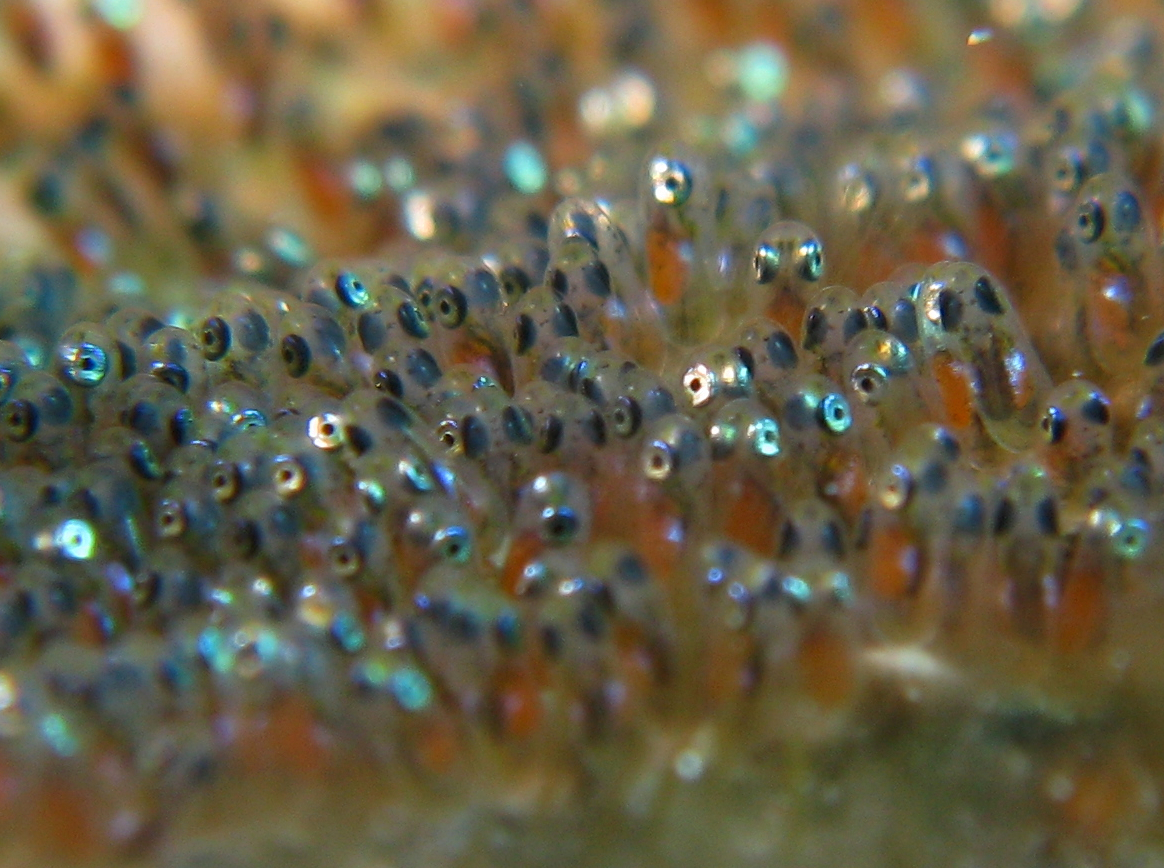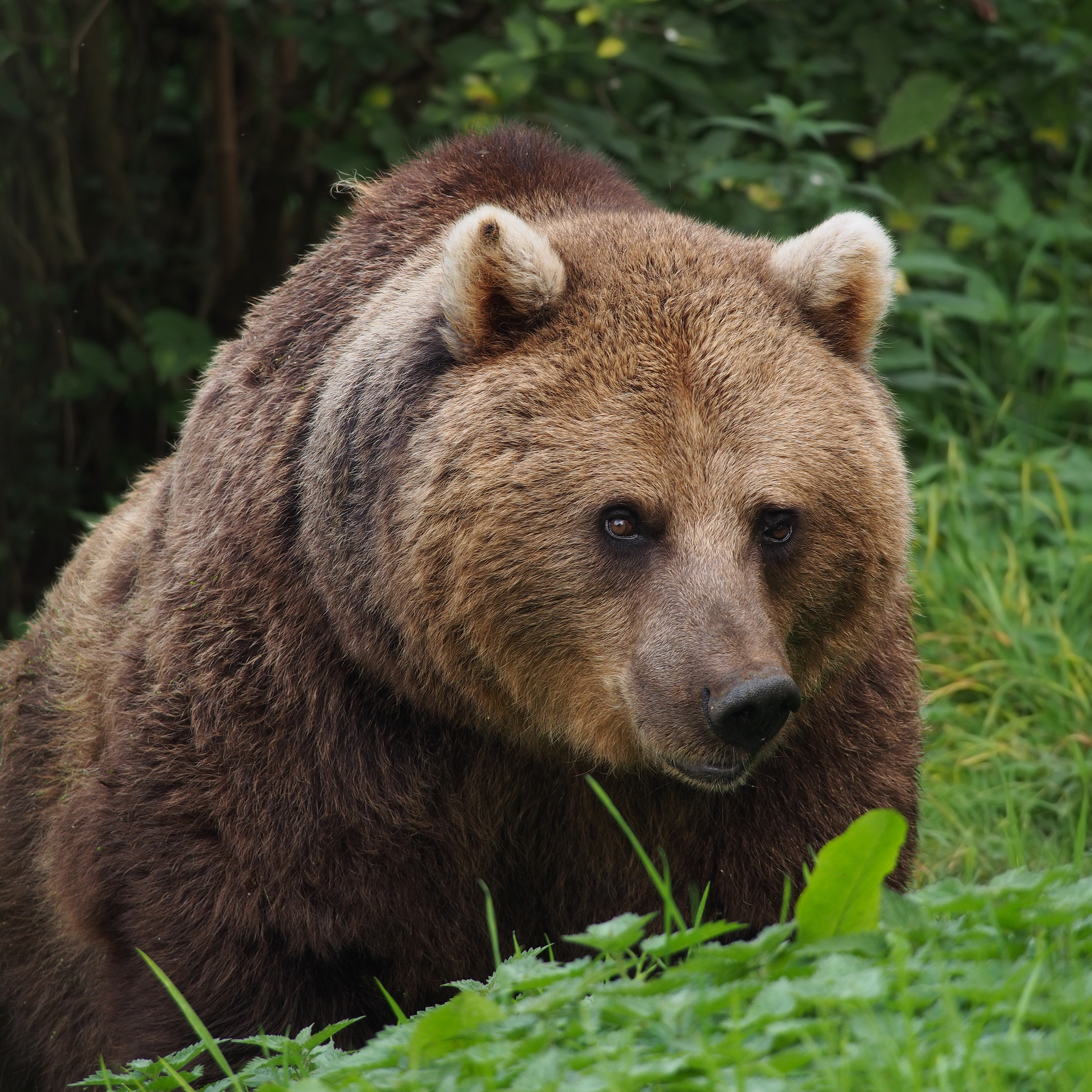|
Cook Inlet Aquaculture Association
The Cook Inlet Aquaculture Association (CIAA) is a non-profit organization based in Kenai, Alaska, that works to create sustainable salmon stocks in the Cook Inlet area. Initially the Alaska Department of Fish and Game ran most hatchery programs in Alaska, but as commercial fishermen began to see the benefits of such programs and began their own organizations in the 1970s and 1980s, ADF&G gradually phased itself out and co-ordinated efforts with privately run hatchery organizations like CIAA, one of eight regional aquaculture associations in Alaska. By 2001 CIAA was able to release 85 million salmon fry in a single year. It is estimated that 20–30% of commercially caught salmon in this region were spawned at CIAA hatcheries. The Association's programs include hatcheries that produce salmon fry, which are released in streams and lakes; construction and maintenance of salmon migration routes, referred to as "fishways"; and scientific research into salmon breeding and behavior pa ... [...More Info...] [...Related Items...] OR: [Wikipedia] [Google] [Baidu] |
Kenai, Alaska
Kenai (, ; Dena'ina: ; , ''Kenay'') is a city in the Kenai Peninsula Borough in the U.S. state of Alaska. By road, it is 158 miles southwest of Anchorage. The population was 7,424 as of the 2020 census, up from 7,100 in 2010, the fifteenth-most populated city in the state. History The city of Kenai is named after the local Dena'ina word 'ken' or 'kena', which means 'flat, meadow, open area with few trees; base, low ridge', according to the Dena'ina Topical Dictionary by James Kari, Ph.D., published in 2007. This describes the area along the mouth and portion of the Kenai River near the City of Kenai. Archaeological evidence suggests that the area was first occupied by the Kachemak people from 1000 B.C., until they were displaced by the Dena'ina Athabaskan people around 1000 A.D. Before the arrival of the Russians, Kenai was a Dena'ina village called ''Shk'ituk't'', meaning "where we slide down." When Russian fur traders first arrived in 1741, about 1,000 Dena'ina l ... [...More Info...] [...Related Items...] OR: [Wikipedia] [Google] [Baidu] |
Salmon
Salmon (; : salmon) are any of several list of commercially important fish species, commercially important species of euryhaline ray-finned fish from the genera ''Salmo'' and ''Oncorhynchus'' of the family (biology), family Salmonidae, native to tributary, tributaries of the North Atlantic (''Salmo'') and North Pacific (''Oncorhynchus'') basins. ''Salmon'' is a colloquial or common name used for fish in this group, but is not a scientific name. Other closely related fish in the same family include trout, Salvelinus, char, Thymallus, grayling, Freshwater whitefish, whitefish, lenok and Hucho, taimen, all coldwater fish of the subarctic and cooler temperate regions with some sporadic endorheic populations in Central Asia. Salmon are typically fish migration, anadromous: they hatch in the shallow gravel stream bed, beds of freshwater headstreams and spend their juvenile fish, juvenile years in rivers, lakes and freshwater wetlands, migrate to the ocean as adults and live like sea ... [...More Info...] [...Related Items...] OR: [Wikipedia] [Google] [Baidu] |
Cook Inlet
Cook Inlet (; Sugpiaq language, Sugpiaq: ''Cungaaciq'') stretches from the Gulf of Alaska to Anchorage, Alaska, Anchorage in south-central Alaska. Cook Inlet branches into the Knik Arm and Turnagain Arm at its northern end, almost surrounding Anchorage. On its southern end, it merges with Shelikof Strait, Stevenson Entrance, Kennedy Entrance and Chugach Passage. The Cook Inlet and both its arms are bodies of brackish water, containing a turbid mix of ocean salt-water and freshwater runoff from the various rivers and streams. The narrow channel of the inlet funnels the tides creating very fast-moving currents, rip tides, and occasional bore tides. Cook Inlet watershed is the most populated watershed in Alaska. The drainage basin, watershed covers about of southern Alaska, east of the Aleutian Range, south and east of the Alaska Range, receiving water from its tributaries, which include the Knik River, the Little Susitna River, the Susitna River, Susitna and Matanuska River, Ma ... [...More Info...] [...Related Items...] OR: [Wikipedia] [Google] [Baidu] |
Alaska Department Of Fish And Game
The Alaska Department of Fish and Game (ADF&G) is a department within the government of Alaska. ADF&G's mission is to protect, maintain, and improve the fish, game, and aquatic plant resources of the state, and manage their use and development in the best interest of the economy and the well-being of the people of the state, consistent with the sustained yield principle. ADF&G manages approximately 750 active fisheries, 26 game management units, and 32 special areas. From resource policy to public education, the department considers public involvement essential to its mission and goals. The department is committed to working with tribes in Alaska and with a diverse group of State and Federal agencies. The department works cooperatively with various universities and nongovernmental organizations in formal and informal partnership arrangements, and assists local research or baseline environmental monitoring through citizen science programs. History In 1949, the Territorial Legisla ... [...More Info...] [...Related Items...] OR: [Wikipedia] [Google] [Baidu] |
Fish Hatchery
A fish hatchery is a place for artificial breeding, hatching, and rearing through the early life stages of animals—finfish and shellfish in particular.Crespi V., Coche A. (2008) Food and Agriculture Organization of the United Nations (FAO) Glossary of Aquacultur/ref> Hatcheries produce Fish larva, larval and juvenile fish, shellfish, and crustaceans, primarily to support the aquaculture industry where they are transferred to on-growing systems, such as fish farms, to reach harvest size. Some species that are commonly raised in hatcheries include Pacific oysters, shrimp, Indian prawns, salmon, tilapia and scallops. The value of global aquaculture farming is estimated to be US$98.4 billion in 2008 with China significantly dominating the market; however, the value of aquaculture hatchery and nursery production has yet to be estimated. Additional hatchery production for small-scale domestic uses, which is particularly prevalent in South-East Asia or for conservation programmes, ... [...More Info...] [...Related Items...] OR: [Wikipedia] [Google] [Baidu] |
Spawn (biology)
Spawn is the eggs and sperm released or deposited into water by aquatic animals. As a verb, ''to spawn'' refers to the process of freely releasing eggs and sperm into a body of water (fresh or marine); the physical act is known as spawning. The vast majority of aquatic and amphibious animals reproduce through spawning. These include the following groups: * Bony fishes * Crustaceans (such as crabs, shrimps, etc.) *Mollusks (such as oysters, octopus, squid) *Echinoderms (such as sea urchins, sea stars, sea cucumbers, etc.) * Amphibians (such as frogs, toads, salamanders, newts) * Aquatic insects (such as dragonflies, mayflies, mosquitoes) *Coral, which are living colonies of tiny, aquatic organisms—not plants, as they are sometimes perceived to be. Corals, while appearing sedentary or botanical by nature, actually spawn by releasing clouds of sperm and egg cells into the water column, where the two mix. As a general rule, aquatic or semiaquatic reptiles, birds, ... [...More Info...] [...Related Items...] OR: [Wikipedia] [Google] [Baidu] |
Trail Lakes Hatchery
The Trail Lakes are two lakes on the lower Kenai Peninsula, Alaska. The lakes are near the town of Moose Pass and adjacent to the Seward Highway. They are the home of a large salmon hatchery owned by the state of Alaska and operated by the Cook Inlet Aquaculture Association. The fish hatched at this facility are released into streams and lakes at various points on the peninsula, and are also the source of the salmon runs at the "fishing hole" on the Homer Spit. The hatchery was at the center of a prolonged legal battle between the Wilderness Society and the U.S. Fish and Wildlife Service. The society claimed that the hatchery was conducting commercial activity in a wilderness area, and such activity is illegal under the Wilderness Act The Wilderness Act of 1964 () is a federal land management statute meant to protect U.S. Wilderness Area, federal wilderness and to create a formal mechanism for designating wilderness. It was written by Howard Zahniser of The Wilderness So ... [...More Info...] [...Related Items...] OR: [Wikipedia] [Google] [Baidu] |
Brown Bear
The brown bear (''Ursus arctos'') is a large bear native to Eurasia and North America. Of the land carnivorans, it is rivaled in size only by its closest relative, the polar bear, which is much less variable in size and slightly bigger on average. The brown bear is a sexually dimorphic species, as adult males are larger and more compactly built than females. The fur ranges in color from cream to reddish to dark brown. It has evolved large hump muscles, unique among bears, and paws up to wide and long, to effectively dig through dirt. Its teeth are similar to those of other bears and reflect its Dietary biology of the brown bear, dietary plasticity. Throughout the brown bear's range, it inhabits mainly forest, forested habitats in elevations of up to . It is omnivorous, and consumes a variety of plant and animal species. Contrary to popular belief, the brown bear derives 90% of its diet from plants. When hunting, it will target animals as small as insects and rodents to thos ... [...More Info...] [...Related Items...] OR: [Wikipedia] [Google] [Baidu] |
Weir
A weir or low-head dam is a barrier across the width of a river that alters the flow characteristics of water and usually results in a change in the height of the water level. Weirs are also used to control the flow of water for outlets of lakes, ponds, and reservoirs. There are many weir designs, but commonly water flows freely over the top of the weir crest before cascading down to a lower level. There is no single definition as to what constitutes a weir. ''Weir'' can also refer to the skimmer found in most in-ground swimming pools, which controls the flow of water pulled into the filtering system. Etymology The word likely originated from Middle English ''were'', Old English ''wer'', a derivative of the root of the verb ''werian,'' meaning "to defend, dam". The German cognate is ''Wehr'', which means the same as English weir. Function Commonly, weirs are used to prevent flooding, measure water discharge, and help render rivers more Navigability, navigable by boat. In ... [...More Info...] [...Related Items...] OR: [Wikipedia] [Google] [Baidu] |
Bear Lake, Alaska
Bear Lake (one of a dozen lakes by this name in Alaska) is near the town of Seward and Resurrection Bay, in the Kenai Peninsula Borough on the Kenai Peninsula in the U.S. state of Alaska. It is publicly accessible by turning down Bear Creek Road, which connects it to the Seward Highway, and then Old Sawmill Road. It is the site of salmon enhancement activities since 1962. This program is now managed by the Cook Inlet Aquaculture Association. Current projects at Bear Lake focus on increasing sockeye and coho salmon by controlling species that are predators and competitors, and by stocking the lake with those salmon species. The lake is primarily fed by the meltwater of Bear Lake Glacier, which feeds into it via the upper portion of Bear Creek. The Bear Lake Formation provides scientists with important geological information about the Miocene The Miocene ( ) is the first epoch (geology), geological epoch of the Neogene Period and extends from about (Ma). The Miocene was name ... [...More Info...] [...Related Items...] OR: [Wikipedia] [Google] [Baidu] |






